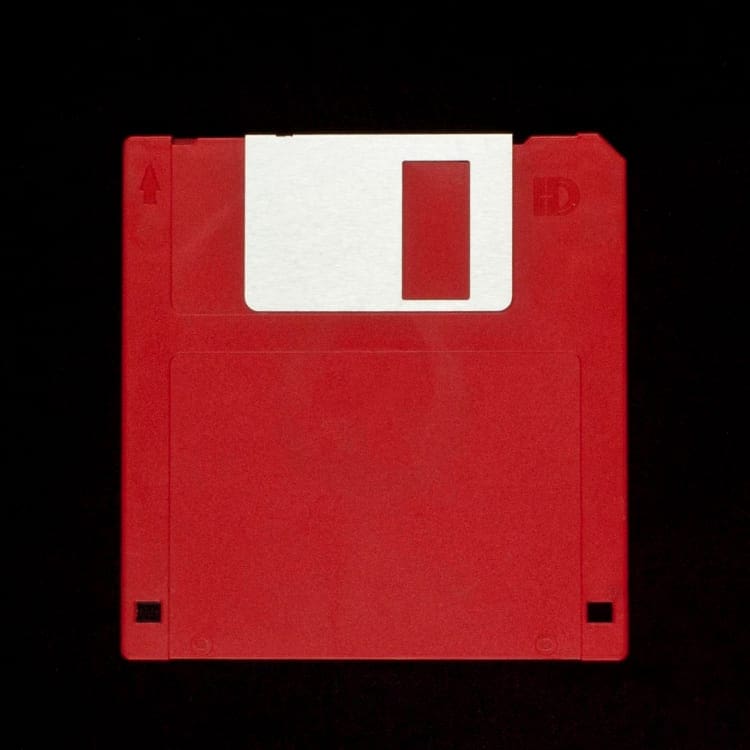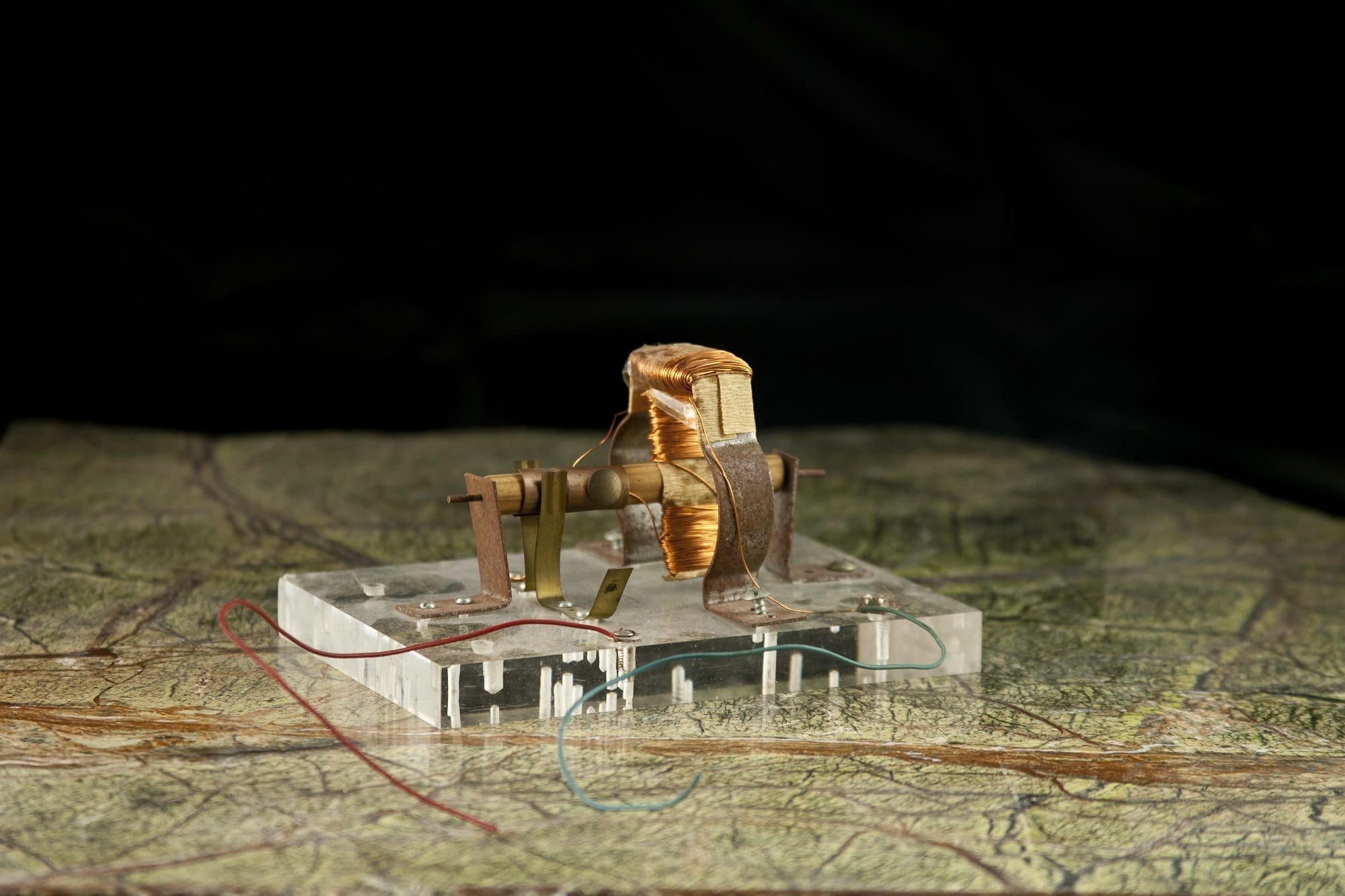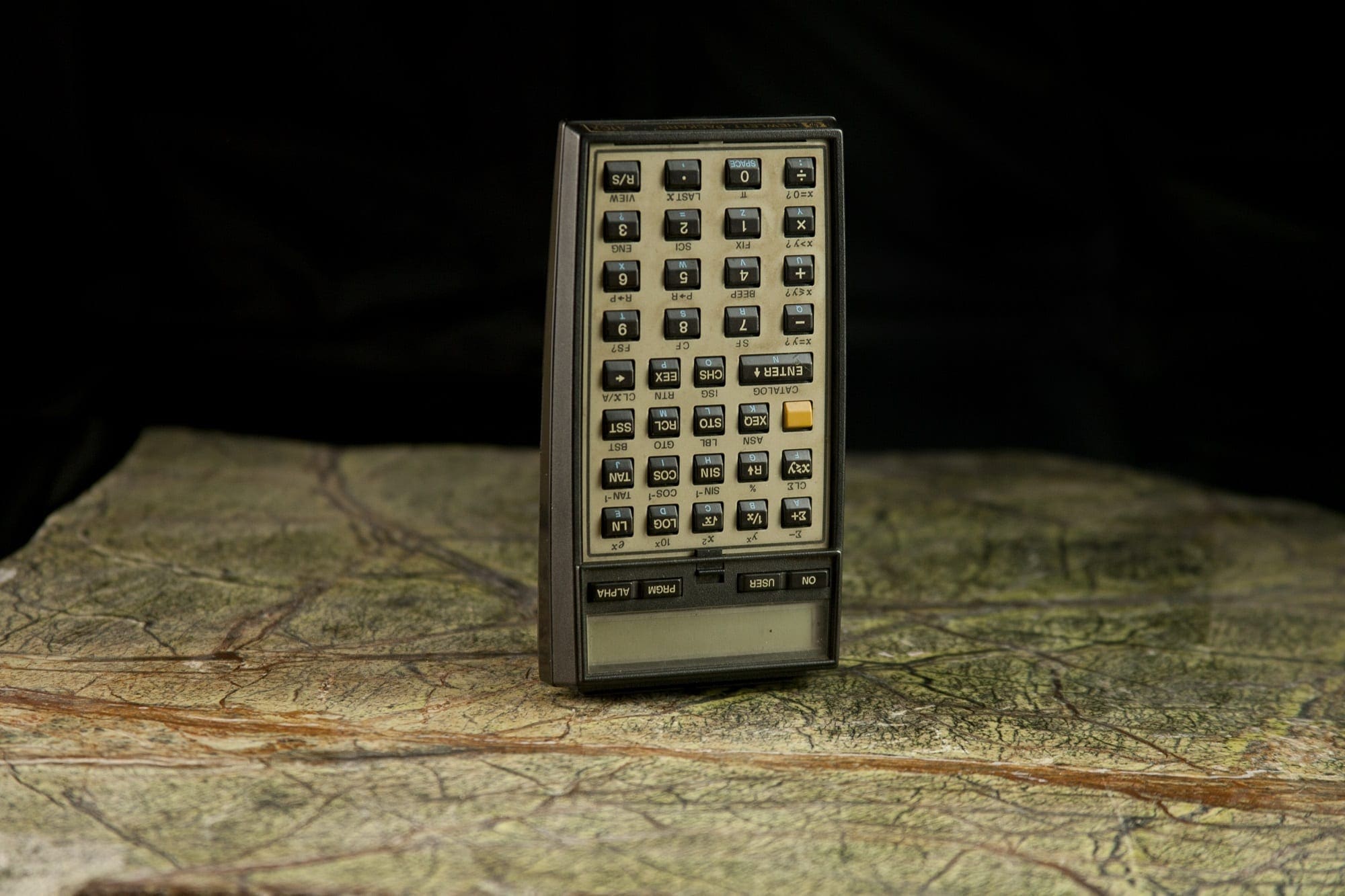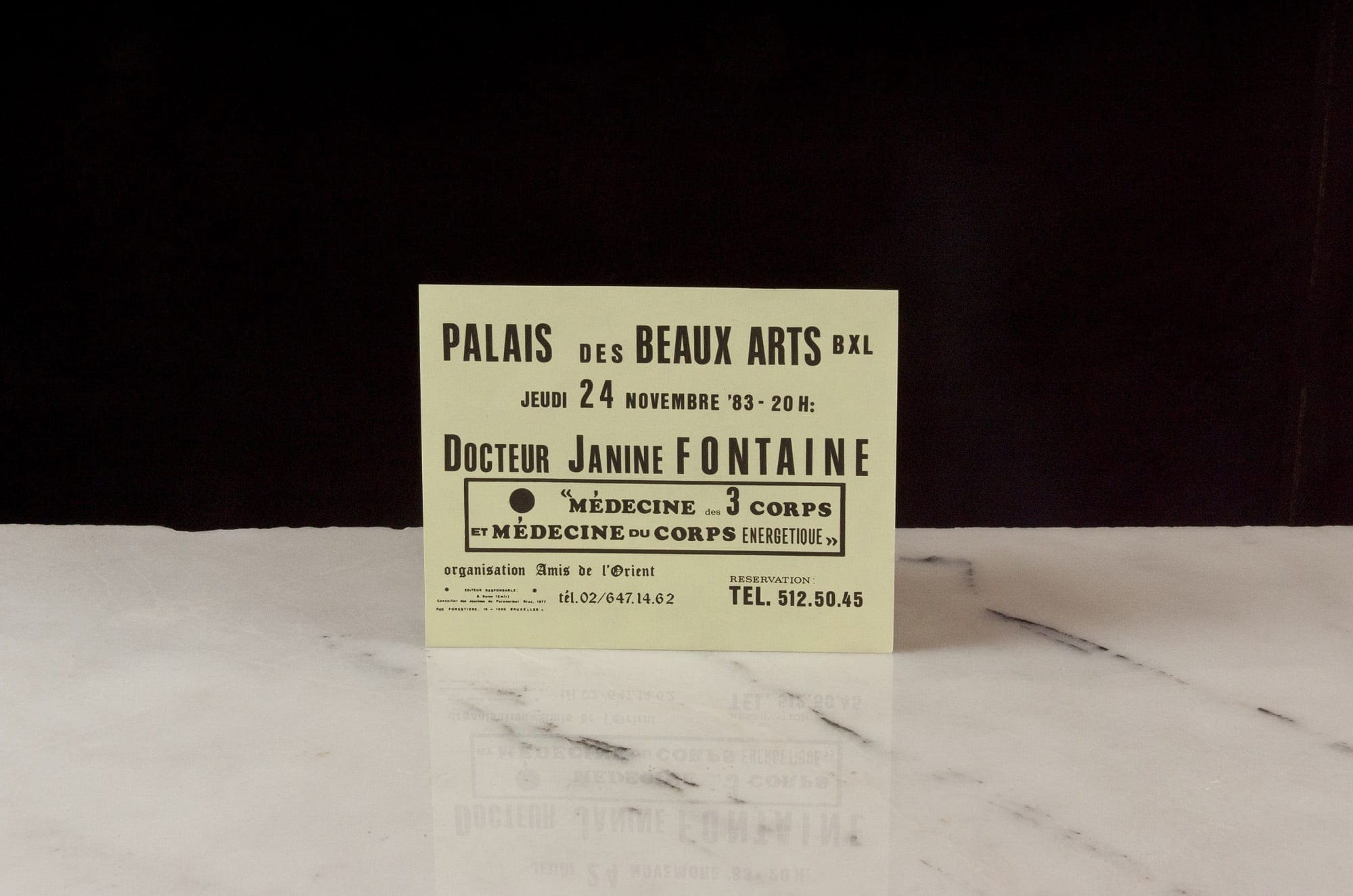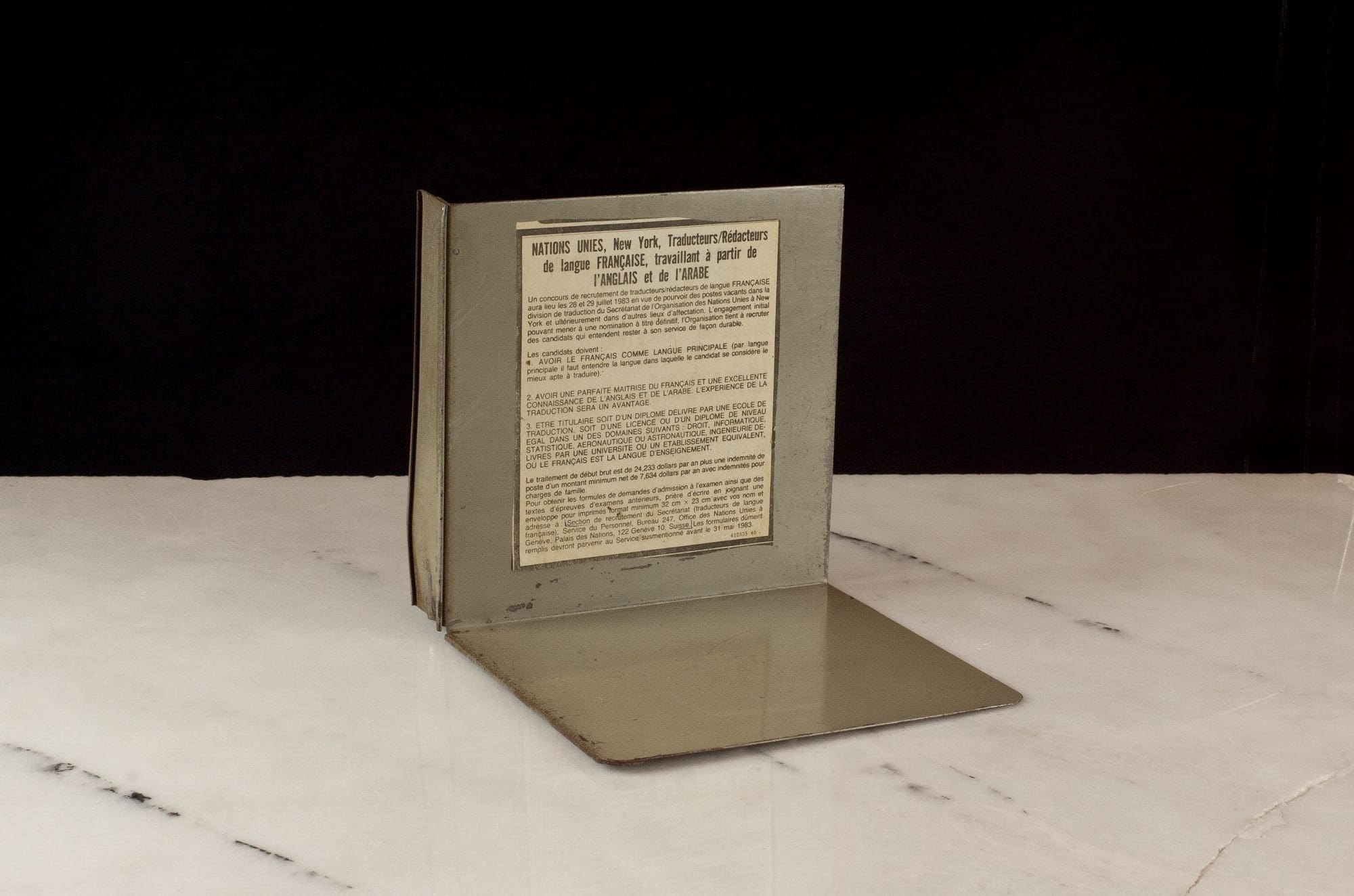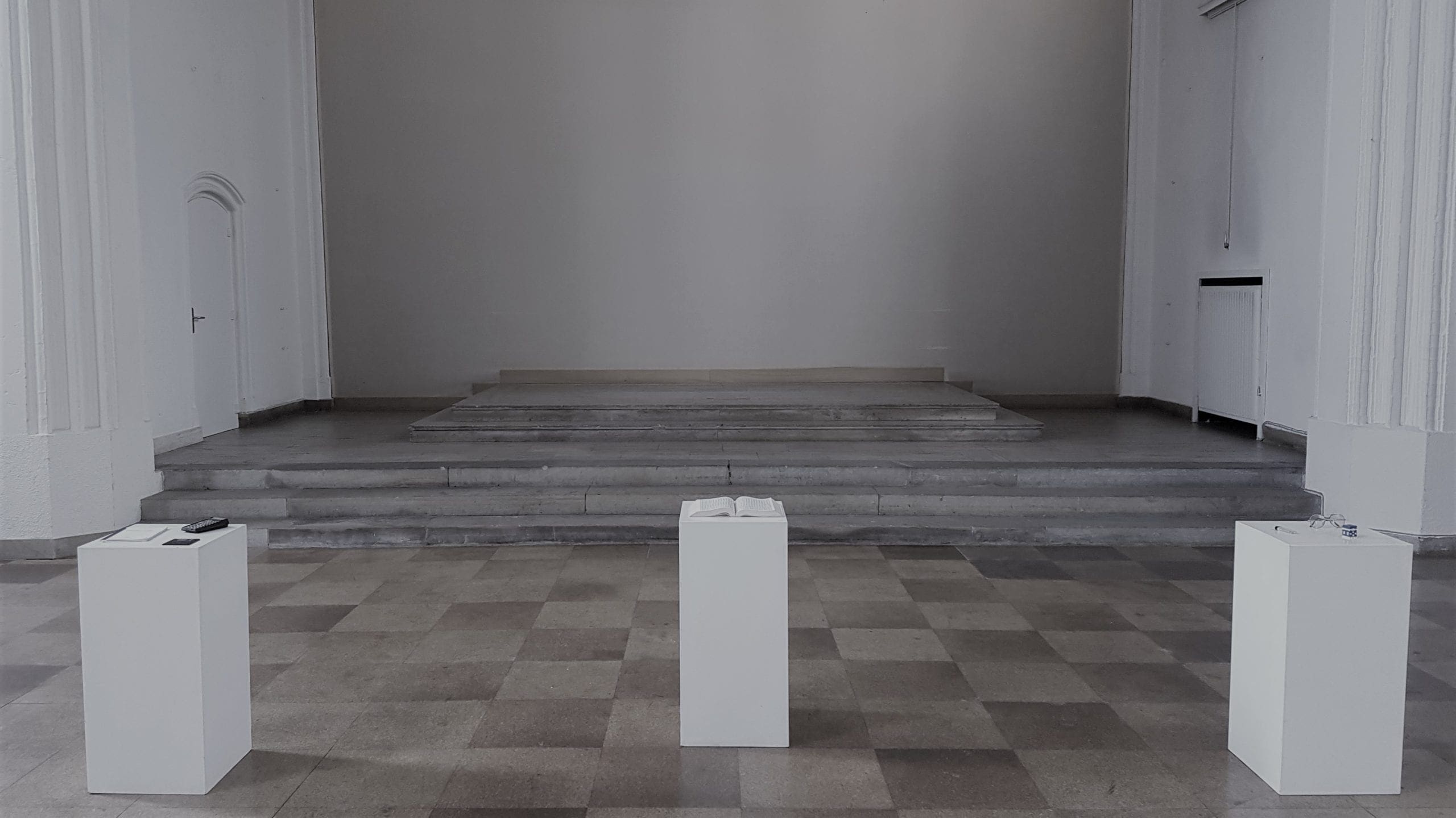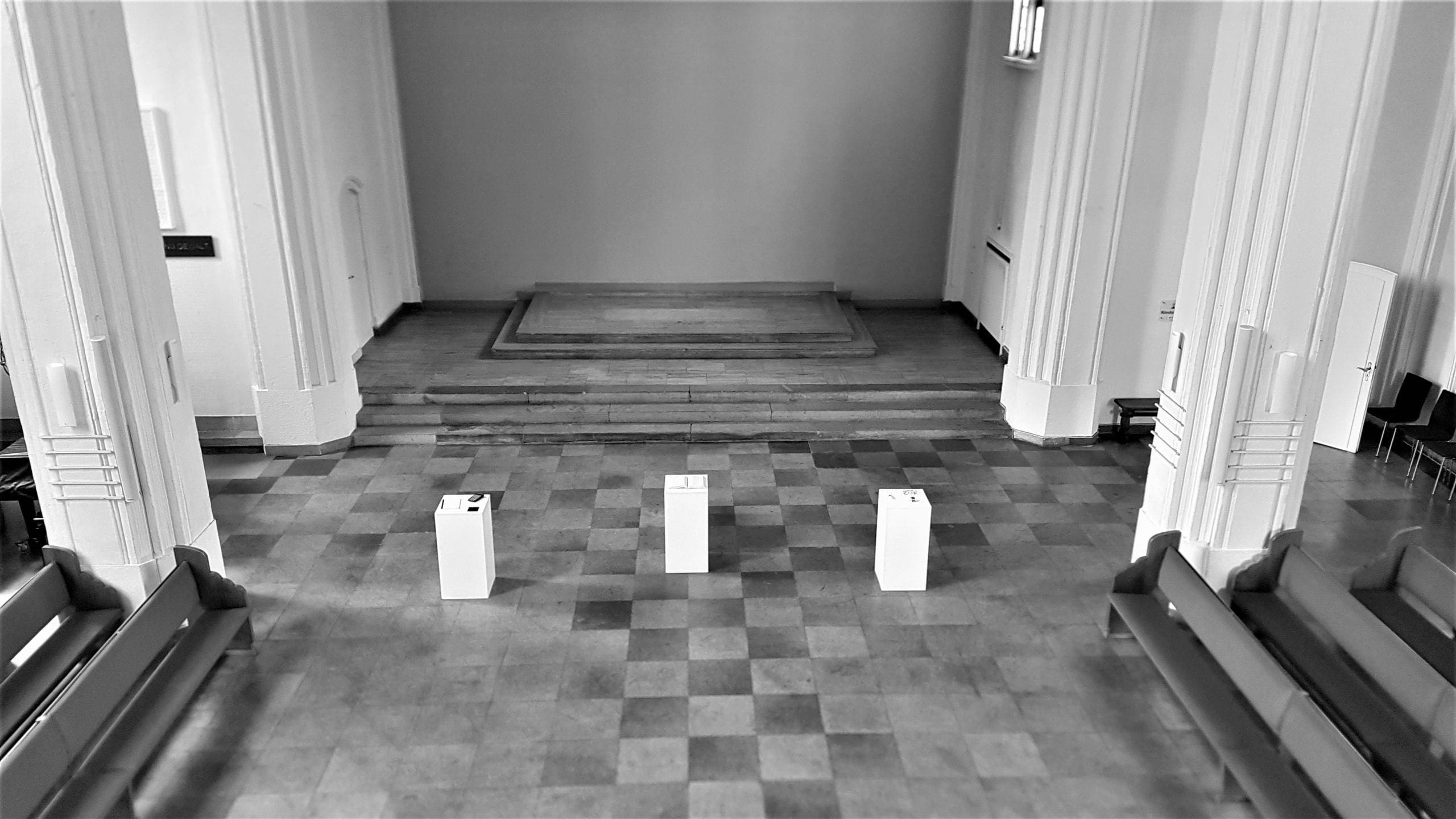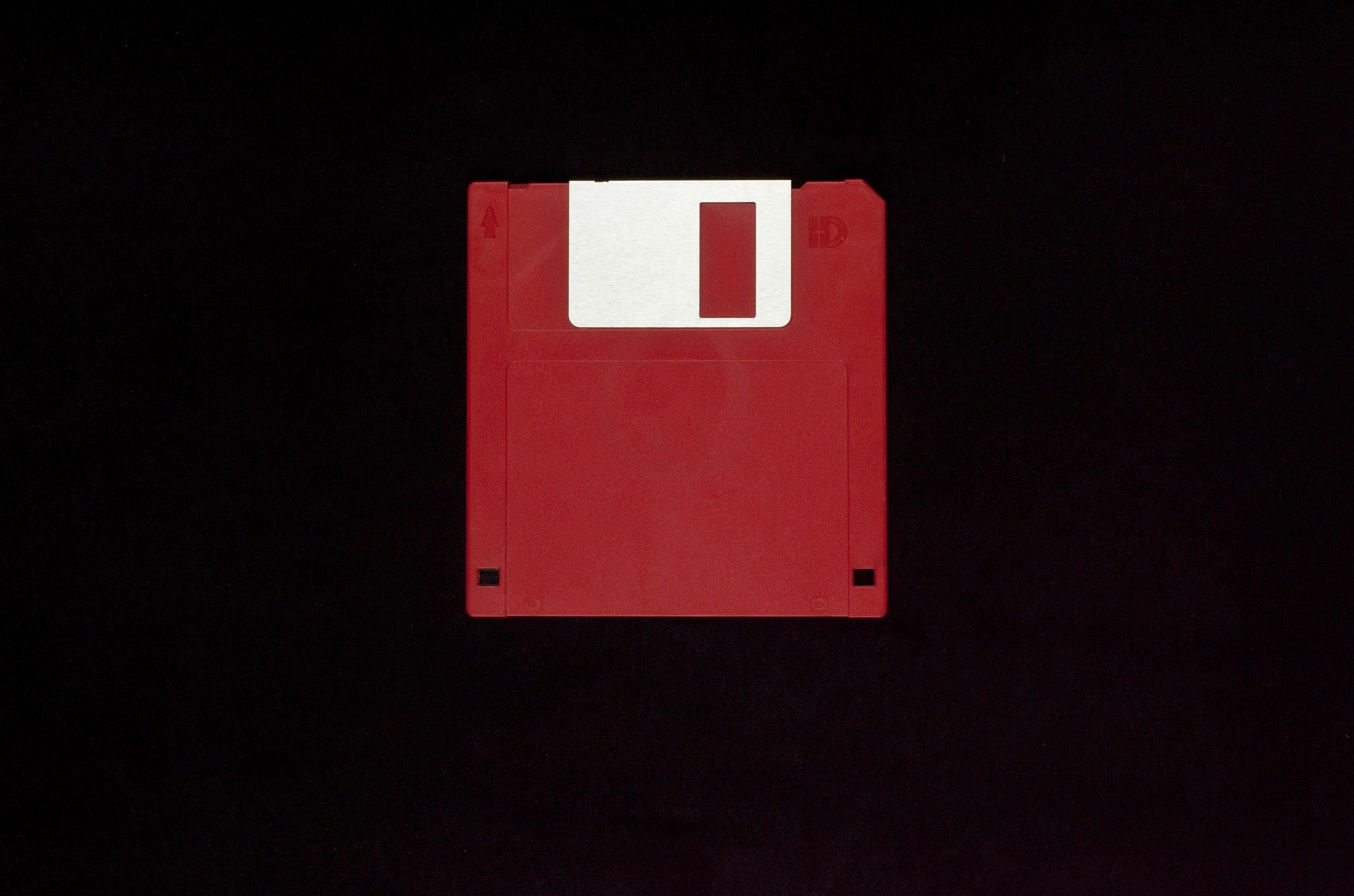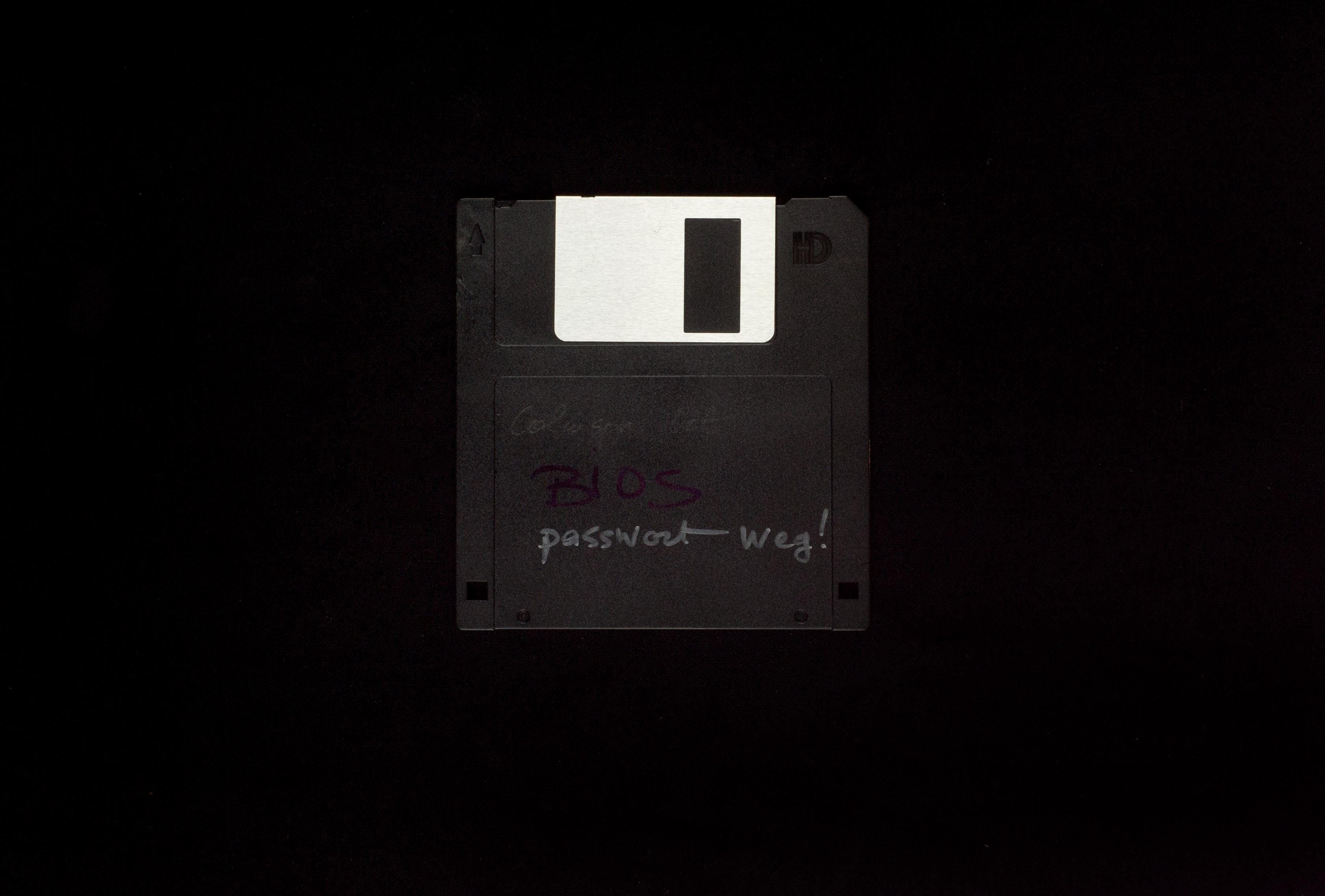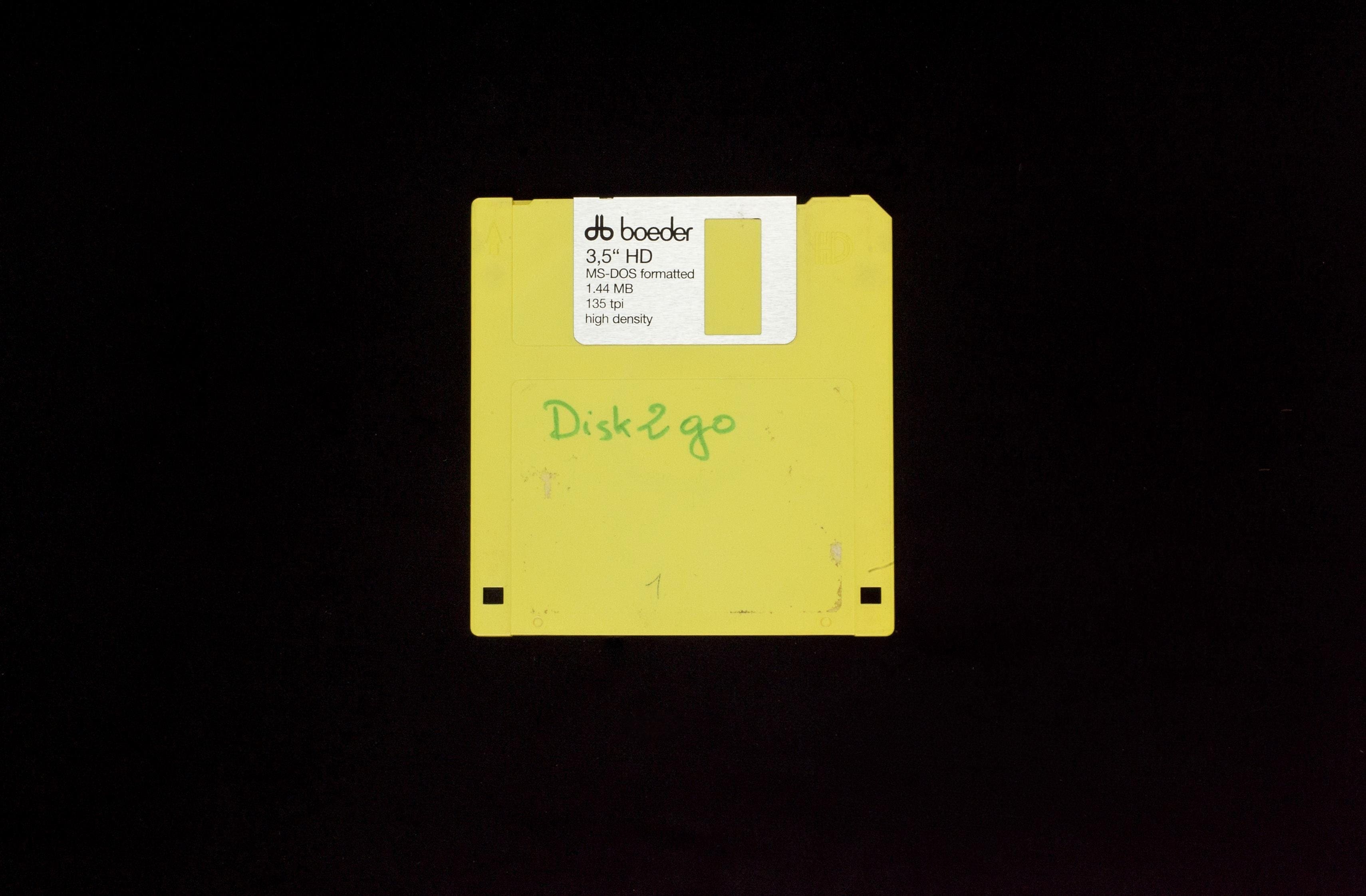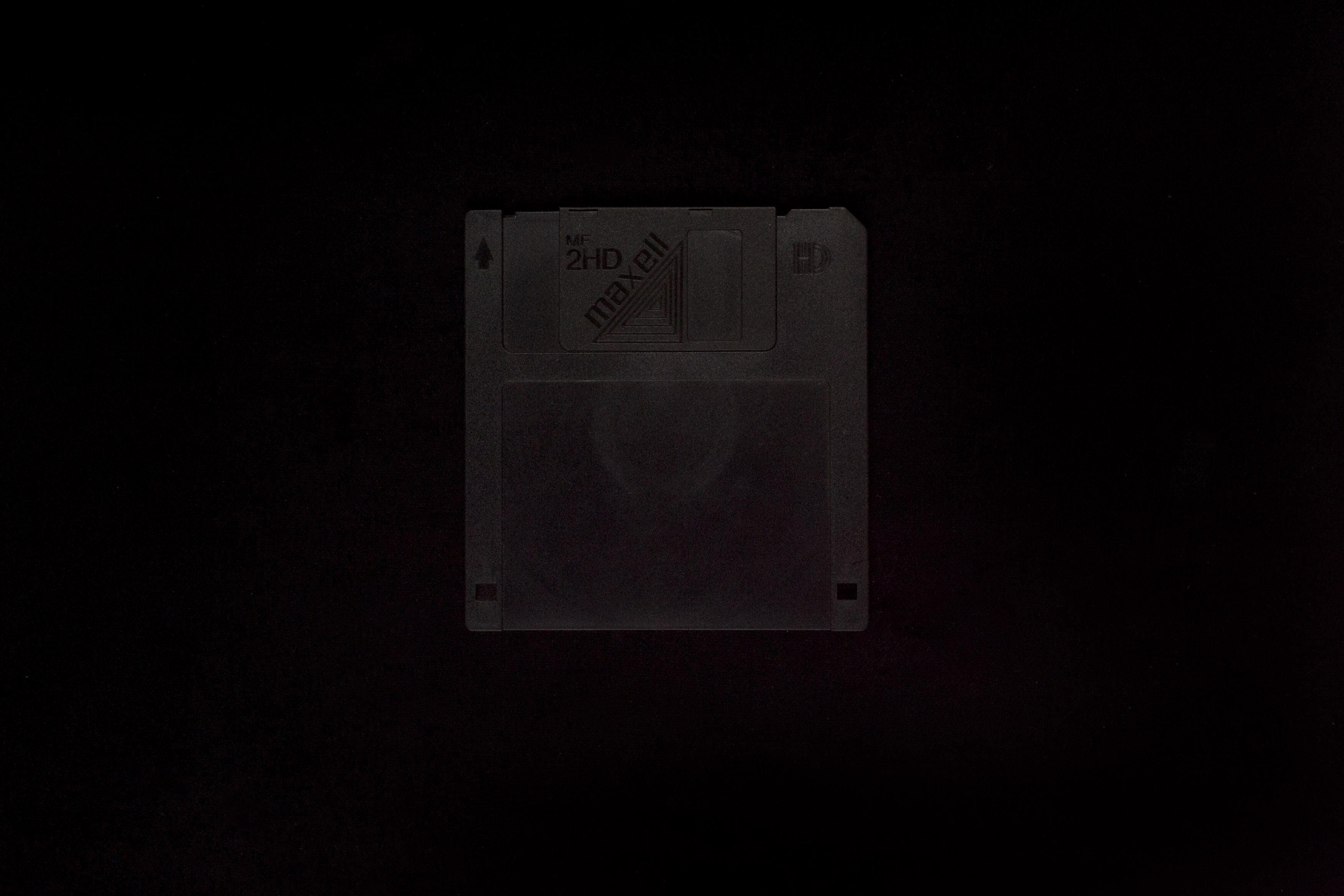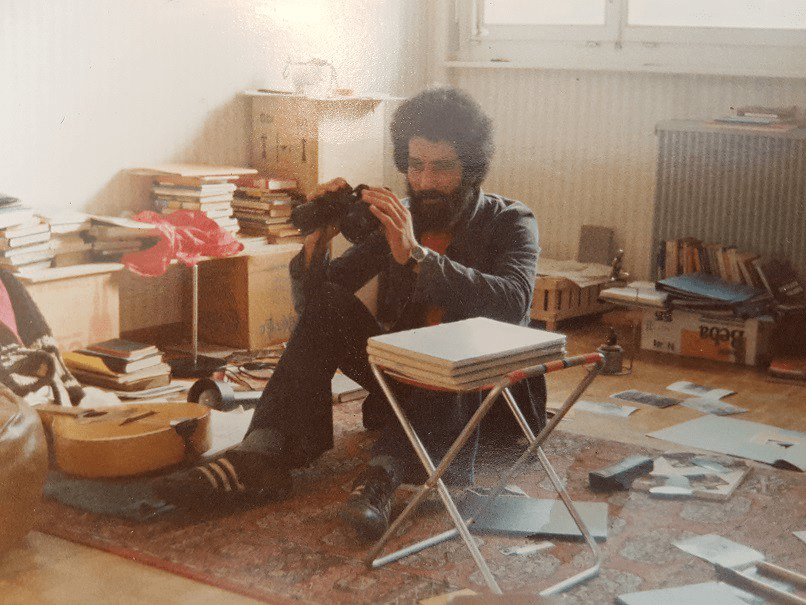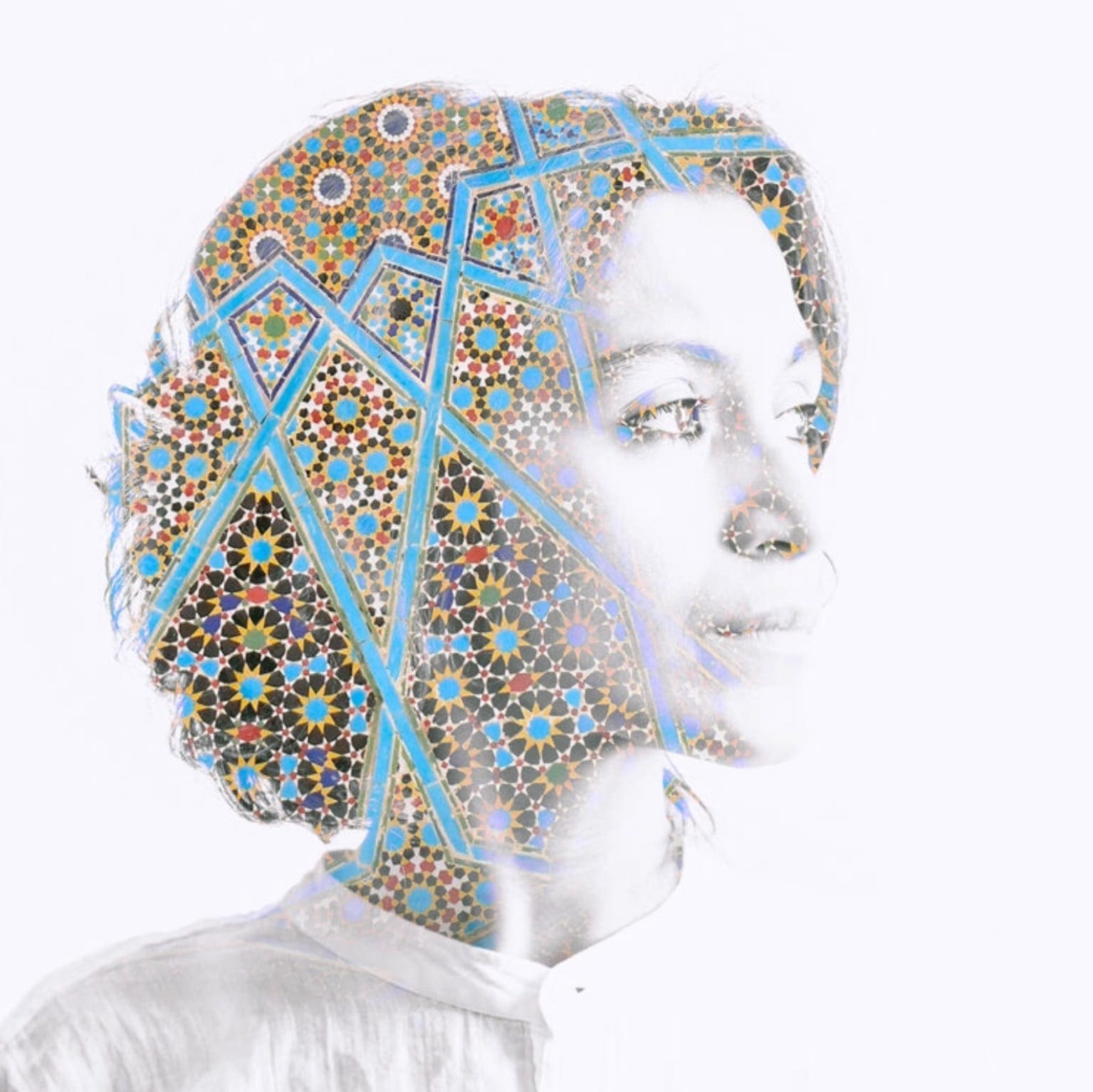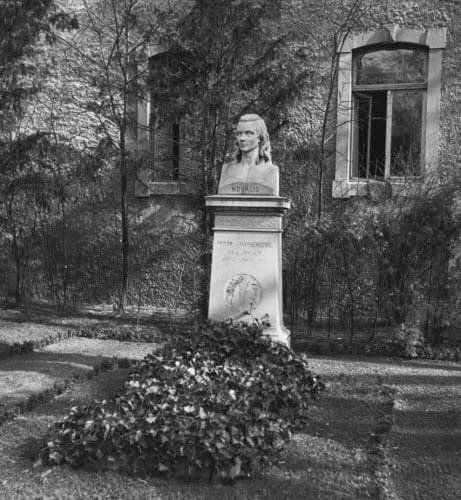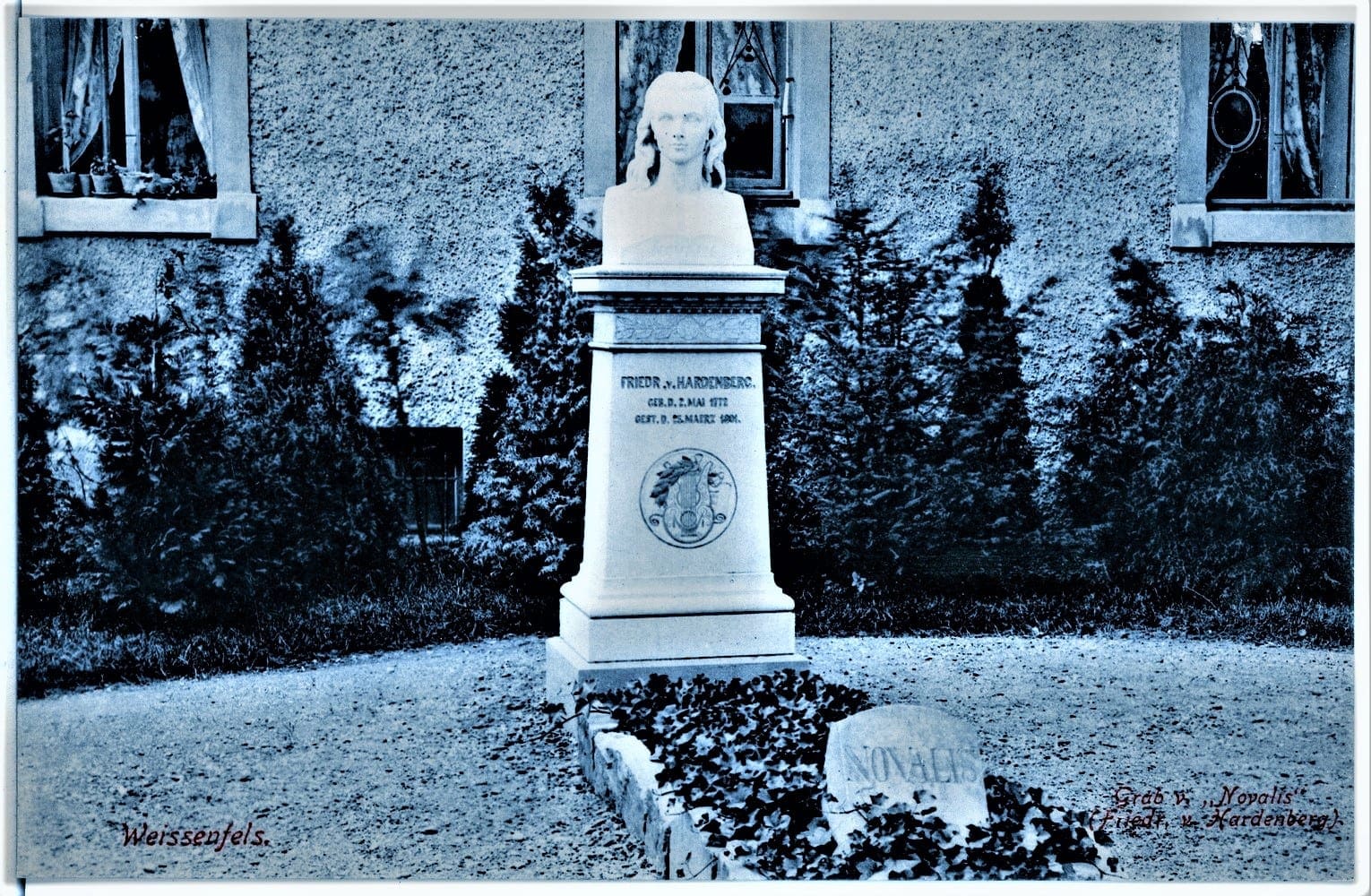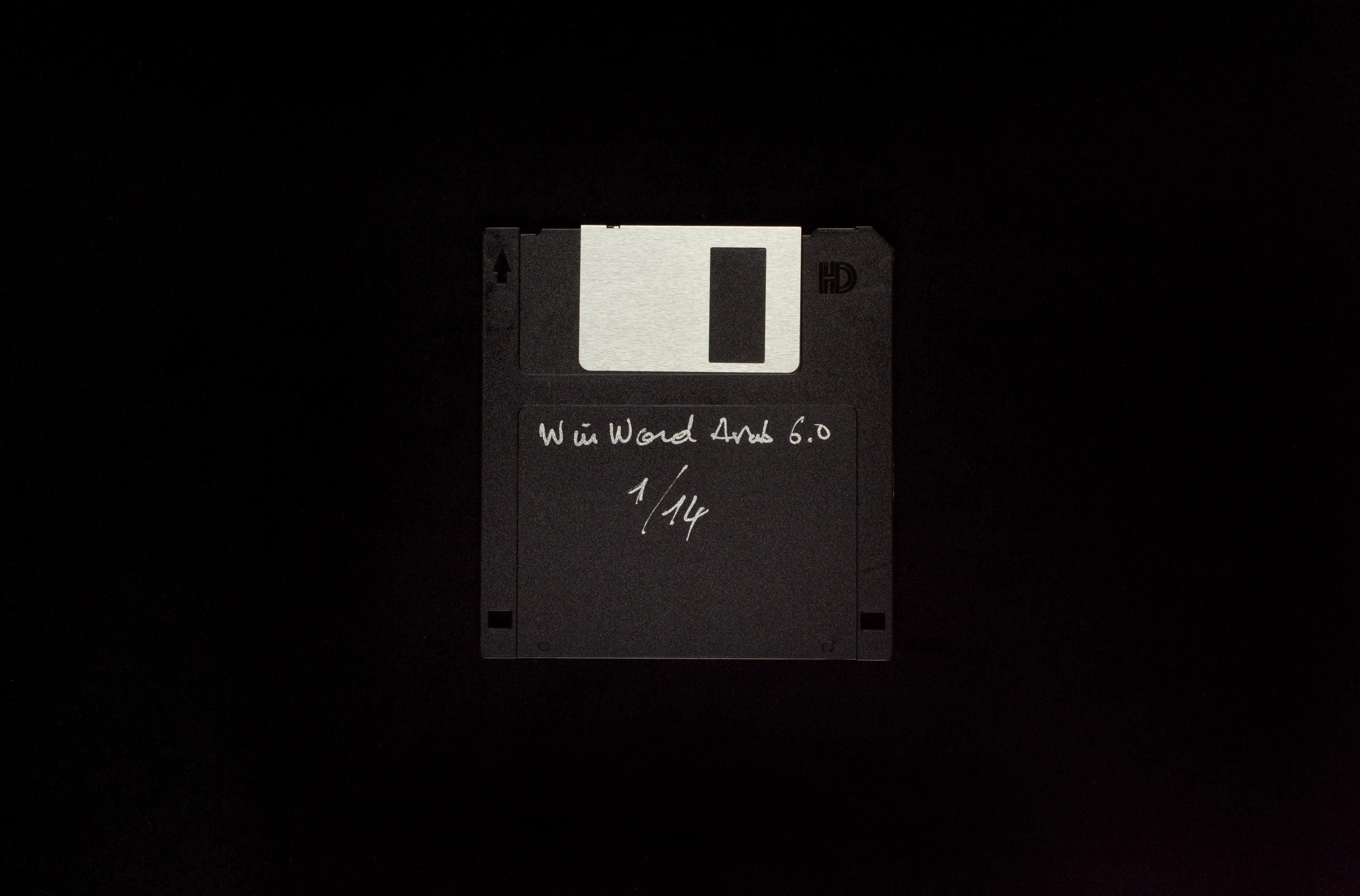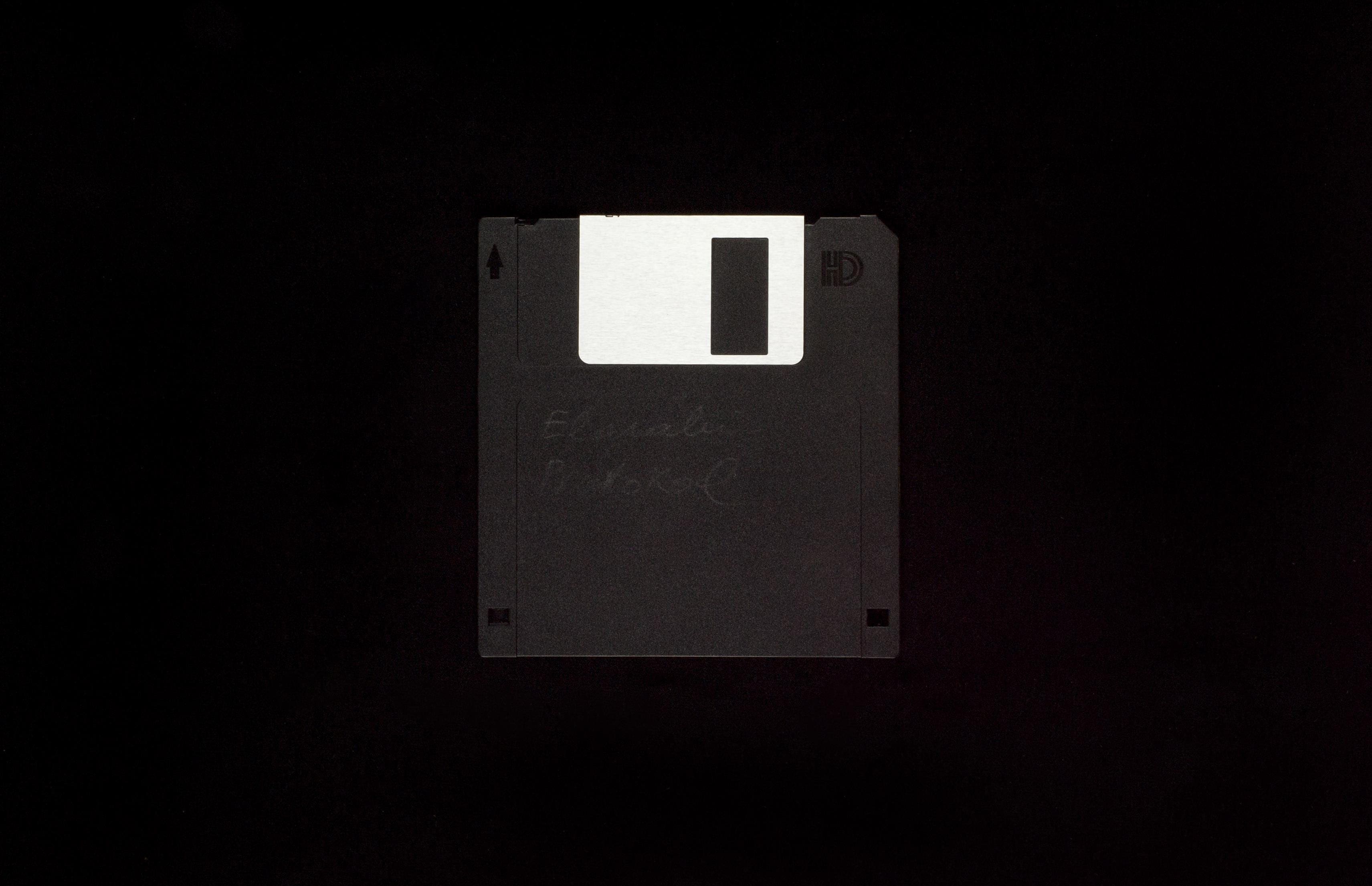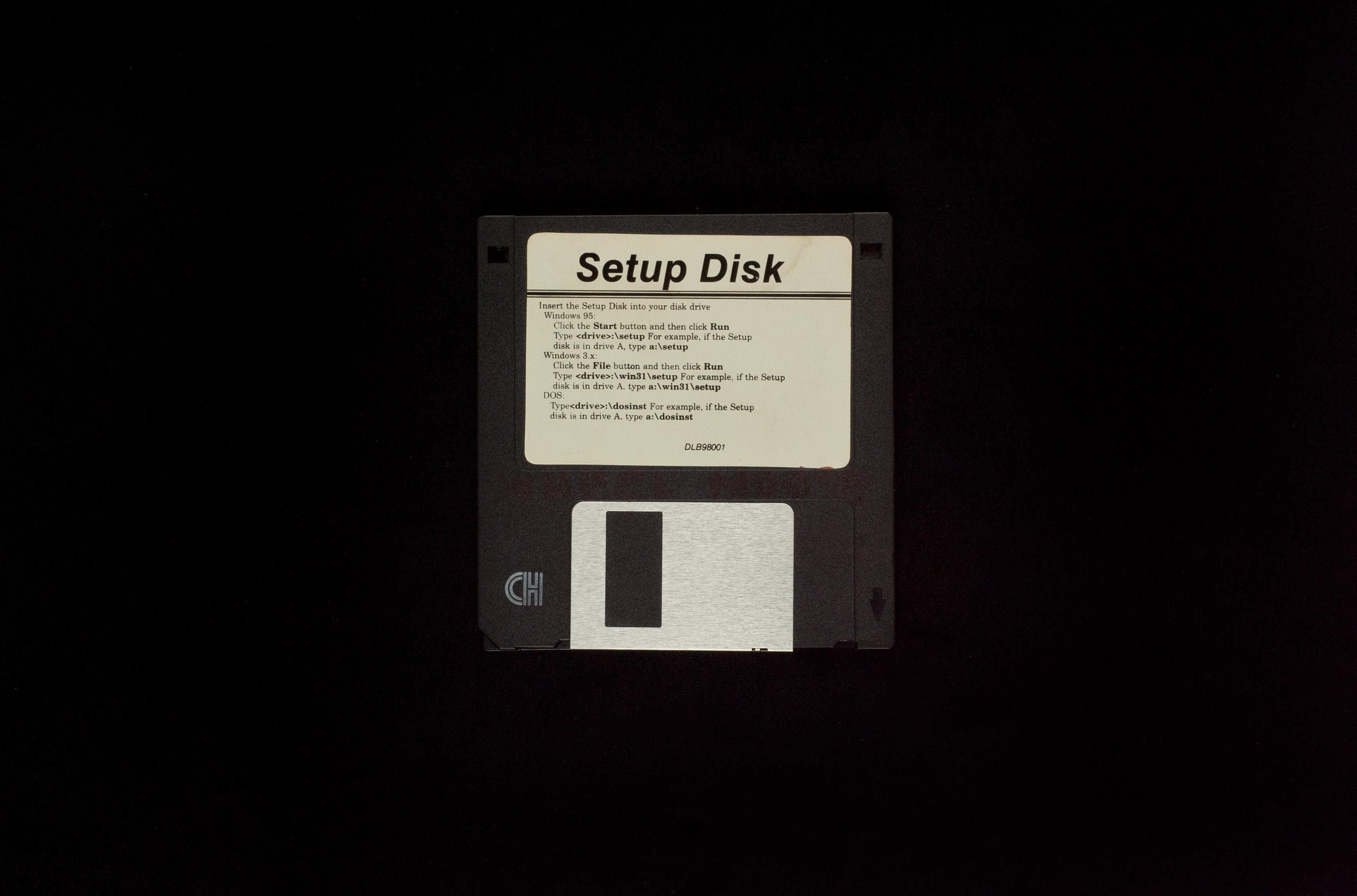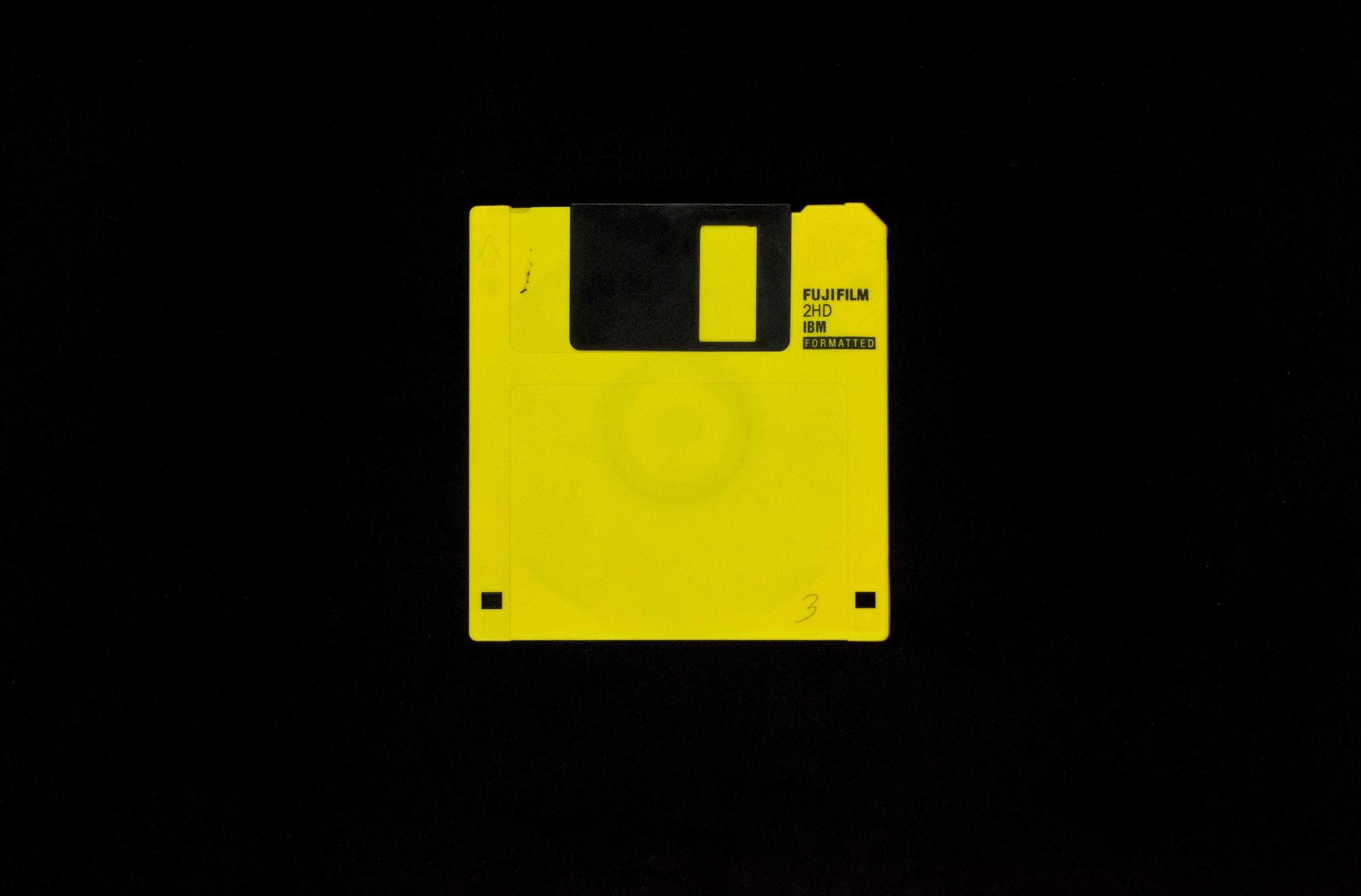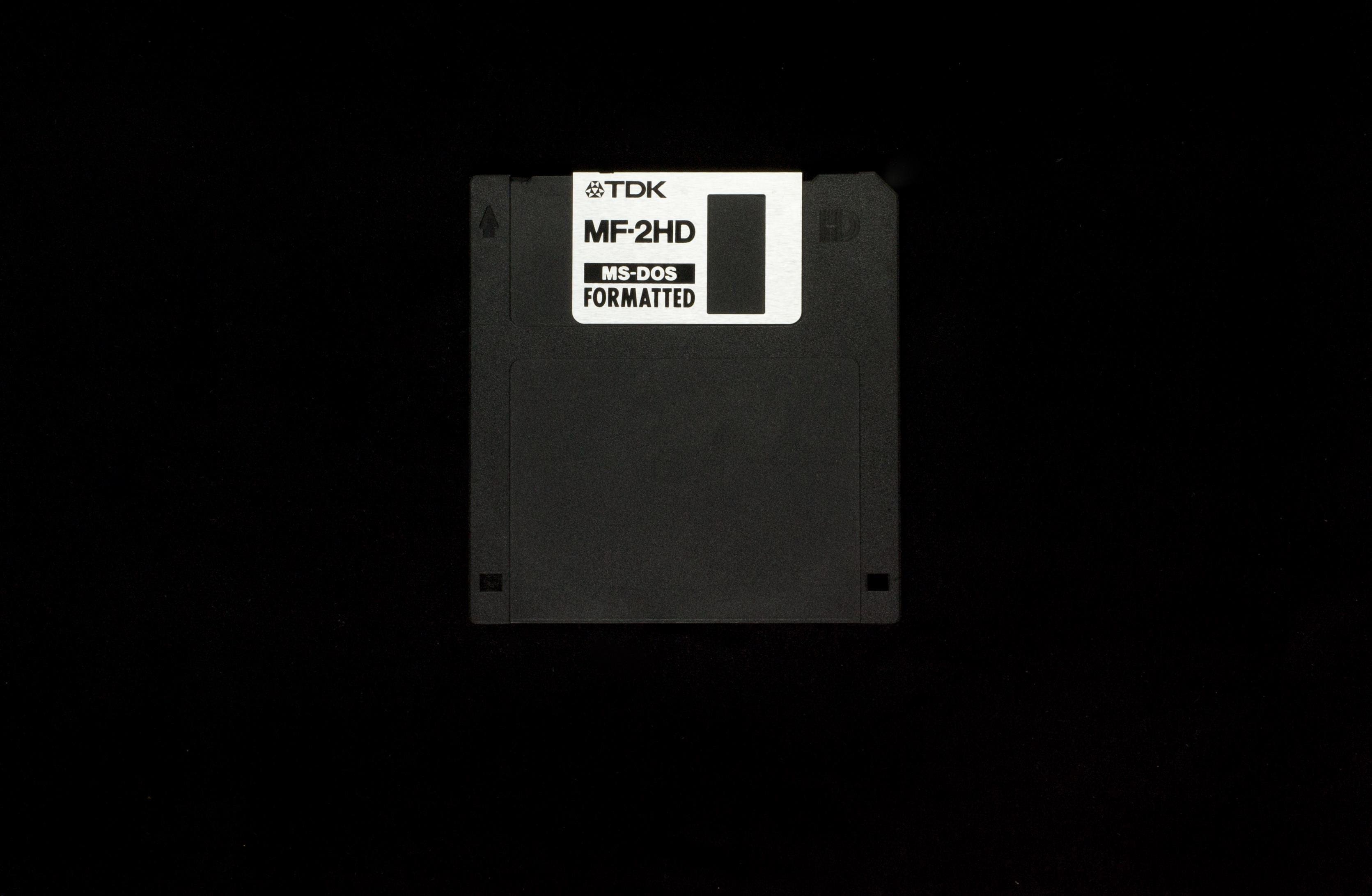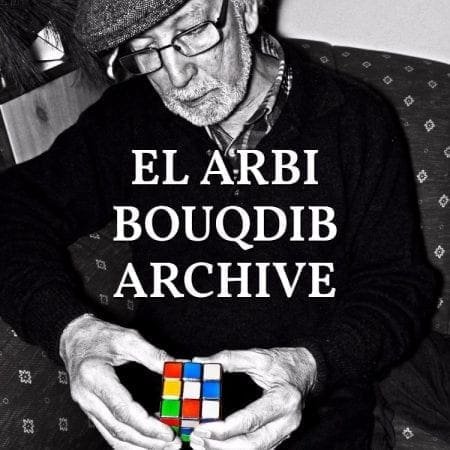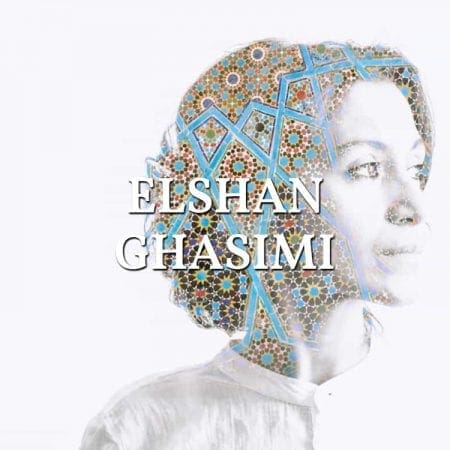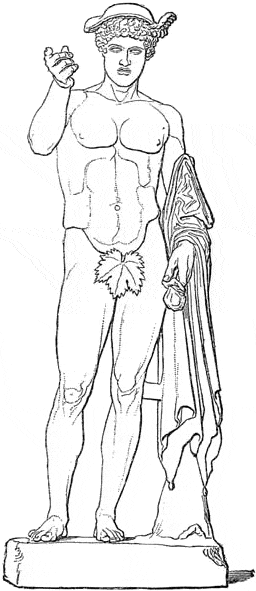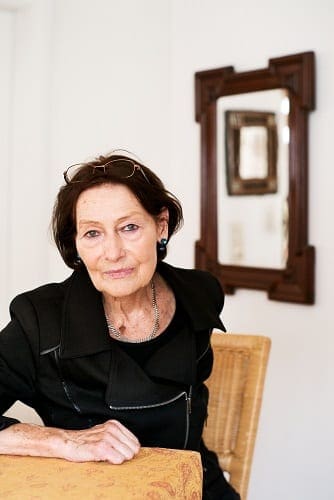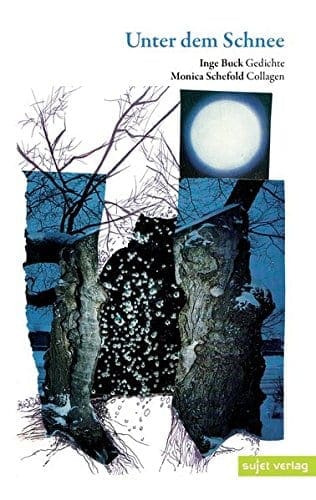Elshan Ghasimi
Elies Miniatures
Elies Miniature I - Ein Garten singender Dinge
Elies Miniature II - Archivblumen
-
-
A Bublitz Thesaurós production
Composition & Performance (Tar) | Musical Object Interpretation - Elshan Ghasimi
Photographic Object Interpretation - Michal Martychowiec
Concept & Narrative - JMH Schindele
Guest Artists - Marcel Duchamp & San Genarro
Objects from the El Arbi Bouqdib Archive
Elshan Ghasimi
Elies Miniatures
Elies Miniature I - Ein Garten singender Dinge
Elies Miniature II - Archivblumen
-
-
A Bublitz Thesaurós production
Composition & Performance (Tar) | Musical Object Interpretation - Elshan Ghasimi
Photographic Object Interpretation - Michal Martychowiec
Concept & Narrative - JMH Schindele
Guest Artists - Marcel Duchamp & San Genarro
Objects from the El Arbi Bouqdib Archive
ANOTHER INTRODUCTION TO THE EL ARBI BOUQDIB ARCHIVE AND THE POLY
AUTHORIAL CONCERT AND EXHIBITION CYCLE, ELIES MINIATURES
When El Arbi Bouqdib passed away in March of 2016 in Bremen, Germany, he left many secrets yet to be unveiled. In order to manage and structure his estate, Bublitz founded the El Arbi Bouqdib Archive in 2017. As part of Bublitz Thesaurós, the Archive’s role is to report on and publicize the life and work of the biochemist, mystic, Qur’an researcher and poet.
In the summer of 2018, a new format and exhibition cycle premiered: Elies Miniatures. Based on the compositions of the classical Persian musician Elshan Ghasimi, the exhibition cycle interweaves various artistic genres and the divergent work of several authors.
2 chapters, 38 compositions, 38 objects make a centaur of concert and exhibition, of memory work and remembrance, contemporary art and classical Persian music.
Elies Miniatures finds its roots in Elshan Ghasimi’s endeavour to interpret and translate objects into music. As a composer, she interleaves different modal scales of the Radīf*, combines them with influences and elements of minimal music and interweaves poetry by Omar Chayyām, Hossein Gol-e-Golab, Hatef Esfahani and her own texts. As author and as main role in this story she appears as a composer, soloist, singer and reciter.
As an album and concert exhibition cycle, Elies Miniatures creates an ongoing narrative and is a novel form of merging music, concert, visual art, exhibition and biographical narration, making it visible, audible and imaginable. It combines classical Persian music with the rubric of contemporary conceptual art and the processing function of an archive.
A GOBELIN OF MUSIC AND SYMBOLS AND MUSIC
"Everything has a mouth, you just have to be quiet enough to hear its voice," says Elshan Ghasimi, taking us on a journey into new and imaginary spaces. She is our guide into a garden of singing things. Together we embark on the traces left by the chemist and magician, mathematician and Qur’an researcher, poet, author and programmer El Arbi Bouqdib.
Hiding means laying tracks: But invisible ones.
ON MINIATURES AND MEMORY OBJECTS
Ghasimi understands the genre of miniatures as a particularly condensed and concentrated form: Each containing one idea, one melody fragment.
Those melodies she creates are object interpretations and subjective memory monads, formulated in the almost unknown language of classical Persian music. It is not insignificant that Ghasimi, as an Iranian musician, honours and sings about someone from Morocco with Arabic mother tongue. She understands this as a gesture of reconciling understanding, a gesture of chanting together in memory.
Ghasimi has invited her friend and colleague, the conceptual artist Michal Martychowiec, to stage the referenced enchanted objects photographically. In his photographs he breathes a further dimension of playful individuality into the relics.
JMH Schindele developed the exhibition concept in dialogue with Ghasimi and is responsible for the selection and naming of objects. Those, sometimes simple and objective, sometimes enigmatic provide further keys in this network of symbols, traces and tracks.
* The Radīf (English order, ranking) is the melody repertoire of classical Persian music and a collection of hundreds of melodic figures, called Guschehs. These tunes are organized within twelve sound systems, called Dastgāh and Awaz.
ELIES MINIATURES I | EIN GARTEN SINGENDER DINGE
Now you are in the first Concert Exhibition, a format that links the practice of different artistic genres. You are in a concert that is also an exhibition and a safari into an archive. Time and space interlink in the chronological sequence of music and the extolled objects from Elie's Archive. They find their own subjective order in our personal perception. 38 compositions and photographs of 38 relics are set in two series of 19 objects each.
The first chapters report on the life of Bouqdib. A chorus, physical objects enchanted and abducted by Elshan Ghasimi and the muses.
This expedition spans over several years [1972 – 2016] and shows many stages of Bouqdib’s life. A flight over a period of 44 years. It includes workings tools, calculators, an astrological sky map, books written by Bouqdib, personal items such as photos.... or a magnetic field generator.
We pick up key motifs of his work and biography: This strange and vivid mixture of science and belief, magic, mathematics, computer technology and poetry.
Ein Garten singender Dinge is thus the beginning of a journey of different artists and art forms towards an unknown destination.
ELIES MINIATURES II | ARCHIVBLUMEN
Every remembered image, one could say, seals the time.
A series of compositions on 19 floppy discs forms a coherent narrative in one of the musical circles of the classical Persian melodic repertoire Radīf*. The floppy disk can be understood as an almost archetypal storage medium. By now it has already served its purpose. The writer of this text still remembers it vaguely. Change of technology when civilization took up another speed.
In contrast to the first album Ein Garten singender Dinge, which interweaves several modal systems of the Radīf*, on this album Ghasimi moves within one Dastgāh*. This makes Elies Miniatures II a classic work in the tradition of Persian art music. Her musical narration, within the Dastgāh-e Navā, is based on a late performance by Tar master Morteżā Ney-Dāwud (1900 – 1990).
In the story of Elies Miniatures, Archivblumen stands for the function of the archive in general.
As an example, let’s have a look at the first object of this chapter WIN WORD ARAB 6.0 1/14 and at the fifth BIOS passwort weg [BIOS password gone/lost].
The former refers directly to Bouqdibs background. He was born in 1947 into a Sufi family in Morocco, to the language of the Prophet and the Qur’an. The BIOS, on the other hand, is the inner heart of any personal computer. The correspondence of this term with the ancient Greek word 'bios' (life) is an allusion to the fact that a computer with this so-called non-volatile firmware is virtually brought to life. That fact that the password is missing we can understand as a hint to the general difficulty of the reconstruction of the past.
FURTHER QUESTIONS AND THOUGHTS ON THE EL ARBI BOUQDIB ARCHIVE
AND TO THE EXHIBITION CYCLE ELIES MINIATURES
GHASIMI ON HER COMPOSITIONAL WORK
In conversation, Elshan Ghasimi emphasizes that each of the interpreted objects can be heard, and is in fact carrying sounds, voices and specific melodies.
As a composer and performer, she understands herself as an accompanist to anyone who would follow her into the lost world of Bouqdib. Blinking charmingly, she adds that she is leading us through a large garden: The musical miniatures are perhaps only 47 seconds long and in that time you can stand and smell a rose, then you will have to continue.
ON THE NUMBER 19
El Arbi Bouqdib is the author of several unpublished books. His Magnum Opus, by his own designation, is the verification of the Qur’an by a numerical method. In this method, the prime number 19 plays the central role. Without claiming to have fully understood this part of Bouqdib's work, we playfully pick up on this element. The number 19 becomes a common thread, another Ariadne, reminder and leitmotiv.
THOUGHT ON THE AFTERLIFE OF THE PAST
El Arbi Bouqdib spent his life searching for the theory and scientific explanation behind his religious and magical experiences. These experiences went far beyond what we in the West would accept as 'the real world'.
Do we revive a person when we sing about objects from his or her estate? Do we perhaps practice some kind of necromancy and ancestor worship? What happens when we recite a poem? A general question knocks on the gate.
THOUGHT ABOUT THE STATUS OF THE OBJECTS FROM BOUQDIB'S BEQUEST
The physical absence of a person has always led people to preserve portraits, personal belongings or even bodyparts of the missing. These are objects whose real value lies not so much in the material, but rather in the relation.
There is a fundamental relationship between souvenir, relic and art object, because all possess the paradoxical ambiguity of being a thing and a reference simultaneously.
ON THE ACT OF ROMANTICIZING AND THE RELATIONSHIP BETWEEN EARLY ROMANTICISM AND MODERNIST ART
One of the doyens of early Romanticism in Germany, Friedrich v. Hardenberg [Novalis], wrote in 1799, “The world must be romanticized. Only in that way will one rediscover its original senses. Romanization is nothing less than a qualitative raising of the power of a thing . . . I romanticize something when I give the commonplace a higher meaning, the known the dignity of the unknown, and the finite the appearance of the infinite.”
It’s as if he is in chorus with the most important artistic figure of the 20th century: Marcel Duchamp... As if they had invented conceptual art in a hidden agreement – to speak with Walter Benjamin - between former and present times.
Both seek (among others!) one thing: a reflective shift on our reality: towards reality. Acts of perception are poeticised by immanent Induction. Suddenly we are able to understand a floppy disk or a little homemade magnetic field generator as a complex system of signs.
We deliberately romanticize by altering, splintering, monumentalizing, enchanting, discussing and shifting contexts, sizes, views and readings: "As above so below; as within so without " is a saying of the past.
NOTE ON THE STATUS OF THE OBJECTS IN GENERAL
The objects, the photographs of the objects, the songs and chanting’s can be understood as souvenirs (in French souvenir means memory). The documents of a life.
They are memory stones which become symbols, ciphers. Eloquent things and spirits we address, which address us.
NOTE ON THE EL ARBI BOUQDIB ARCHIVE
The aim of the El Arbi Bouqdib Archive and all related artistic and curatorial activities is the poetic reconstruction of Bouqdib's life and the presentation, embedding and questioning of his research. results. This narrative and poetic form is the oeuvre of a growing number of different authors.

